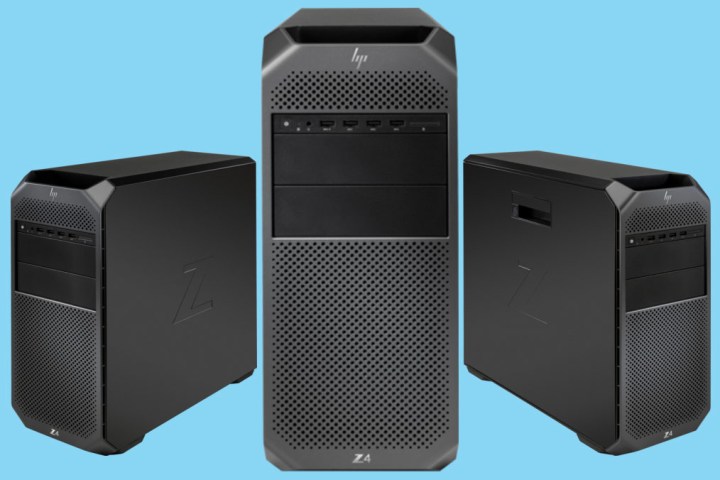Z4 desktop workstation
Trying to wrangle in the professional virtual reality creators, such as game developers and simulation artists, this HP Z4 refresh is specced out with a wildly powerful Intel ‘Skylake-X’ processor in addition to being bundled with some exciting goodies.
More specifically, the new HP Z4 workstation PC is equipped with an 18-core, 36-thread Core i9-7980XE processor whose clock speeds range from 2.6GHz to 4.4GHz, thanks to Intel’s Turbo Boost Max technology. There is no telling how much this exact model will cost, but judging by the $1,999 price tag of the processor alone, it ought to be expensive.
That said, it can be bought with the company’s own Mixed Reality headset included, seeing to it that you don’t have to go out and buy one for a separate $449 cost. That is not a bad deal for an HMD that can display 1,440 x 1,440 pixels per eye at up to a 90Hz refresh rate. Still, here is hoping that the headset is discounted enough to make the bundle worth it.
Fortunately, HP was aware that some Z4 users would prefer a lower price tag to a ridiculous amount of cores, which is why it’s offering cheaper workstation models for as low as $1,499. Of these, there will be a version of the Z4 featuring an eight-core i7-7820X saddled into the CPU socket. None of these options, including the top-end Core i9 variant of the HP Z4, however, will be available until March.
In the meantime, the existing HP Z4 will continue to be sold, assembled with the Intel’s more expensive and industrial-grade Xeon processors. Unless you’re planning on using it as a server, though, your best bet will be to hold off until March.
What’s more, HP plans on continuing its sale of the HTC Vive Business Edition despite having its own Windows Mixed Reality headset which, mind you, has been refined since the last time we saw it.
Now called the “Professional Edition,” this model differs as a result of its double-cushioned padding and a front-hinged display that lets you toggle between the real world and the VR world. The cushions can be removed as well, making for an undeniably cleaner VR experience when you think about it. Otherwise, it’s the same as the $349, non-professional HP Mixed Reality headset of the past.


